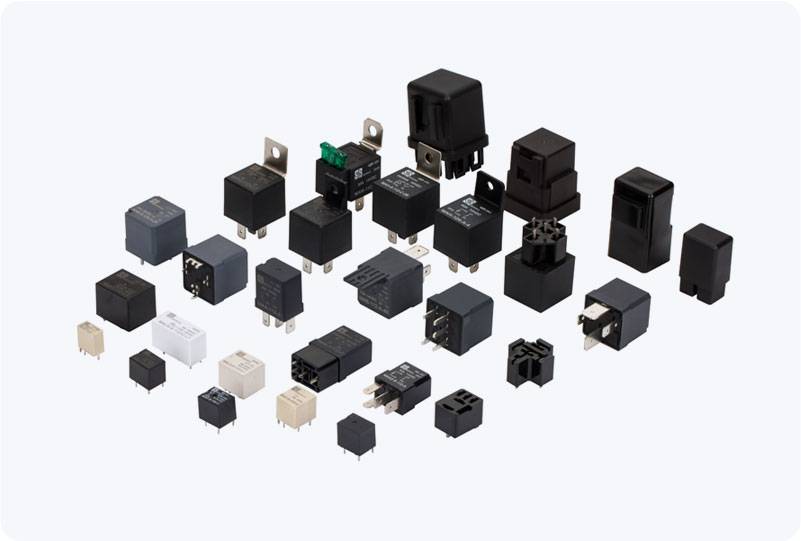understanding the 220vac power relay: key features and applications
Release time:2025-08-25 15:42:20
The 220VAC power relay plays a crucial role in electrical systems that require the switching of high-voltage AC circuits. As a type of electromagnetic switch, it allows small control voltages to manage larger, more powerful systems, making it an essential component in a wide variety of applications. This article will explore the key features, working principle, applications, and safety considerations of the 220VAC power relay.

Key Features of the 220VAC Power Relay
The 220VAC power relay is designed to operate on an alternating current (AC) of 220 volts, which is common in many residential and industrial power systems worldwide. The relay typically features a coil that, when energized by a control voltage, creates a magnetic field. This magnetic field operates the switch contacts inside the relay, allowing current to flow through the circuit or cutting off the power depending on the design of the relay.
Some of the primary features of the 220VAC power relay include:
High Voltage Tolerance: Designed to withstand 220 volts AC, these relays are built to handle the demands of high-voltage applications, ensuring safe operation in systems requiring substantial electrical power.

